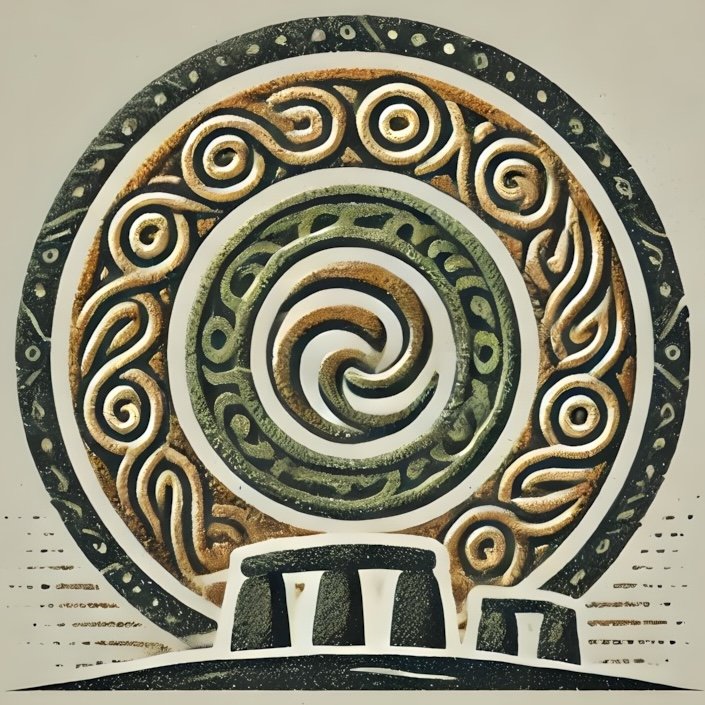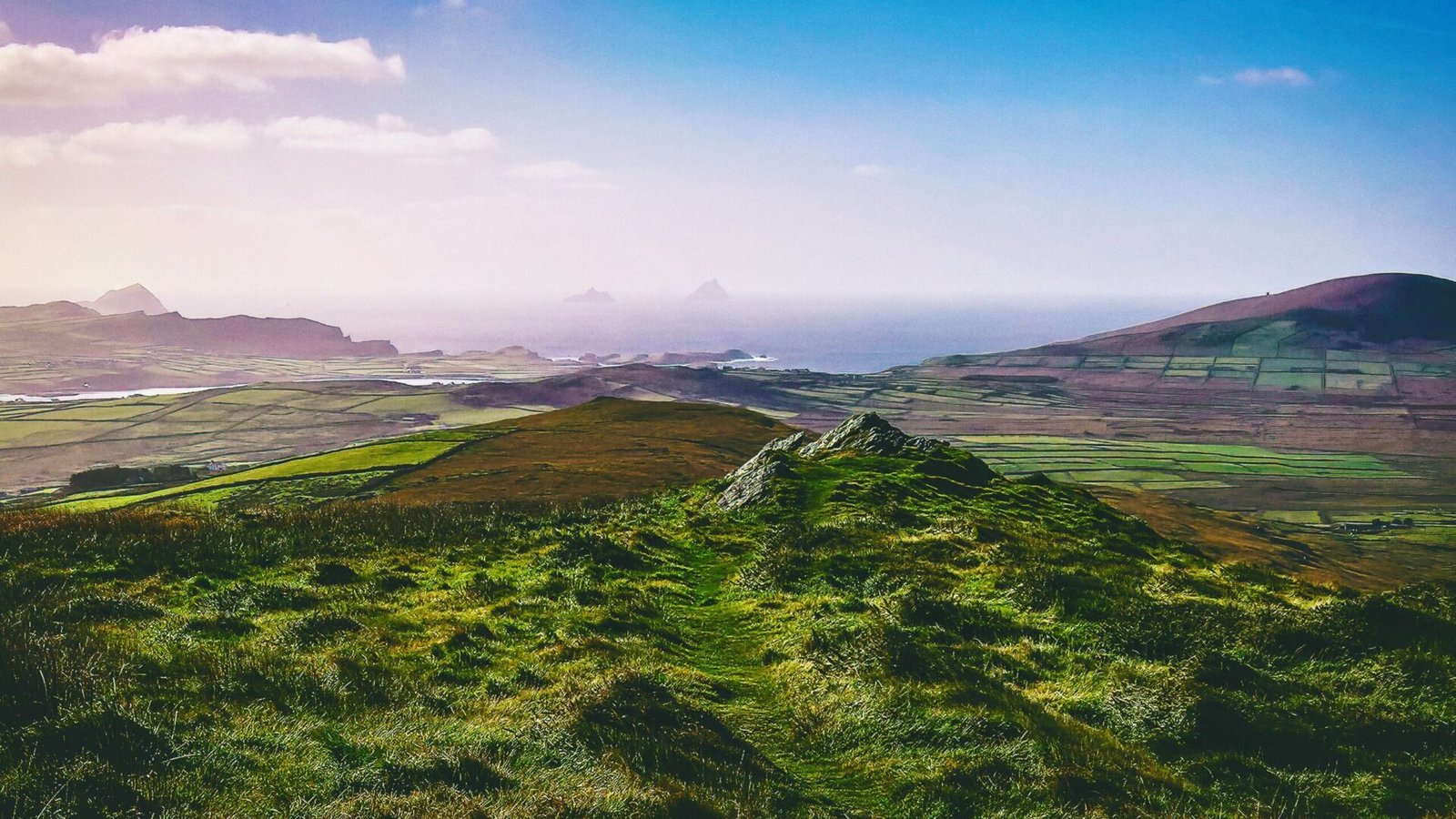# The Viking Impact on Ireland: A Journey Through Time
The Viking Age, spanning from the late 8th century to the early 11th century, marked a transformative period in Irish history. While often associated with raiding and pillaging, the Norse influence on Ireland extended far beyond mere conquest. This pillar page explores the multifaceted impact of the Vikings on Ireland, delving into their initial raids, the establishment of lasting settlements, their interactions with the Gaelic world, and the enduring legacy they left on Ireland’s political landscape.
## First Raids and Lasting Settlements
The Viking Age in Ireland began with a series of swift and brutal raids. The first recorded Viking incursion occurred in 795 AD when Norse raiders attacked the monastery at Lambay Island, near Dublin. These early raids were characterized by their ferocity, targeting monasteries and settlements rich in resources. The Vikings were drawn to Ireland’s wealth, particularly its gold and silver, and the monasteries, which were often poorly defended, became prime targets.
As the Viking raids intensified, they established a pattern of seasonal raiding that would last for several decades. By the early 9th century, the Norse began to settle in Ireland, leading to the establishment of significant urban centers. One of the most notable settlements was Dublin, founded around 841 AD. Initially a base for raiding, Dublin quickly evolved into a thriving trading hub, connecting Ireland with the broader Viking world and facilitating commerce with England and beyond.
Other key settlements included Waterford, Wexford, and Limerick, each becoming vital ports and centers of Norse culture. The Vikings brought with them advanced shipbuilding techniques, which allowed for more extensive maritime trade and exploration. Their longships, designed for both speed and agility, enabled them to navigate rivers and coastal waters, further embedding them into the Irish landscape.
The establishment of these settlements marked a significant shift in the socio-economic landscape of Ireland. The Vikings introduced new trade routes and practices, leading to increased commerce and cultural exchange. Artifacts from this period, such as silver hoards and intricate jewelry, reveal the blending of Norse and Gaelic craftsmanship, showcasing the cultural fusion that emerged from these interactions.
## How the Norse Interacted with the Gaelic World
The Norse did not merely conquer and settle; they also engaged with the Gaelic world in complex and nuanced ways. Initially, the relationship between the Vikings and the Irish was characterized by hostility, but over time, a more intricate dynamic developed. The Norse were not just raiders; they were also traders, craftsmen, and settlers who sought to integrate into Irish society.
As the Vikings established their settlements, they began to interact with the local Gaelic population. Intermarriage between Norse settlers and Gaelic families became common, leading to a blending of cultures. This fusion is evident in the language, with many Norse words entering the Irish lexicon, particularly in terms related to trade, governance, and everyday life.
The Vikings also adopted aspects of Gaelic culture, including language and customs. They learned to navigate the complex political landscape of Ireland, forming alliances with various Gaelic kingdoms. This interaction was not without conflict; however, it often resulted in a dynamic exchange of ideas and practices that enriched both cultures.
One notable example of this cultural exchange is the development of the Hiberno-Norse identity. This hybrid culture emerged in urban centers like Dublin, where Norse settlers adopted Gaelic customs while retaining their own traditions. The result was a unique cultural milieu that influenced art, architecture, and societal norms.
## The Legacy of Viking Influence on Ireland’s Political Landscape
The Viking presence in Ireland had profound implications for the island’s political landscape. The establishment of Norse settlements disrupted traditional power structures, leading to the rise of new political entities. The Vikings often allied with local chieftains, providing military support in exchange for trade privileges and protection. This alliance-building reshaped the political dynamics of the time.
The most significant impact of the Vikings was the establishment of the “kingdoms” of the Hiberno-Norse. These kingdoms, such as the Kingdom of Dublin, became powerful players in the regional politics of Ireland. The Norse rulers often engaged in conflicts with Gaelic kings, leading to a series of power struggles that would shape the course of Irish history.
The Viking influence also extended to the development of urban governance. The cities they established, particularly Dublin, became centers of trade and administration. The Norse introduced new systems of governance, including legal codes and market regulations, which laid the groundwork for future urban development in Ireland.
Furthermore, the Viking Age catalyzed the emergence of a more centralized Irish political structure. As the Norse settlements grew in power and influence, Gaelic kings were compelled to adapt to the changing political landscape. This led to the formation of larger political entities and alliances, ultimately paving the way for the emergence of stronger Irish kingdoms.
The legacy of Viking influence can still be felt today. The cultural and political exchanges that occurred during this period contributed to the rich tapestry of Irish history. The Norse left an indelible mark on Ireland’s landscape, both physically through the towns and cities they established and culturally through the blending of traditions.
## Conclusion
The Viking impact on Ireland was a complex interplay of conflict, trade, and cultural exchange. From their initial raids to the establishment of enduring settlements, the Norse transformed the Irish landscape in ways that resonate to this day. Their interactions with the Gaelic world fostered a unique cultural synthesis, while their political maneuvers reshaped Ireland’s governance and power structures.
As we explore the remnants of this fascinating period, from the bustling streets of Dublin to the ancient sites of Viking settlements, we uncover a rich history that continues to captivate our imagination. The legacy of the Vikings serves as a reminder of the interconnectedness of cultures and the enduring influence of history on our present. Whether you are a history enthusiast or a curious traveler, Ireland’s Viking heritage offers a compelling journey through time, inviting us to reflect on the past and its lasting impact on our world.
meta – Explore the Viking impact on Irish prehistory, uncovering key sites and connections to mythology. Discover Ireland’s rich heritage and plan your visit today!

